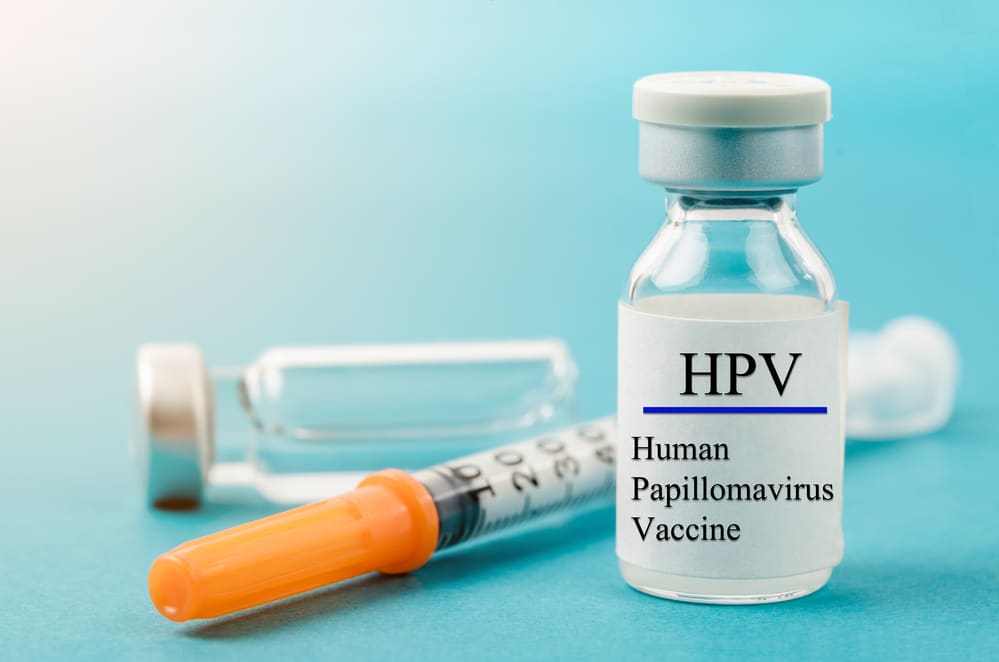Babatunji Wusu –
Human papillomavirus (HPV) infections are among the most prevalent viral agents causing sexually transmitted infections globally. According to the Mayo Clinic, HPV can lead to the development of skin or mucous membrane growths, commonly known as warts. While some HPV types cause warts, others are associated with various cancers.
A publication from Johns Hopkins indicates that anyone who has ever been sexually active may be exposed to HPV. Connie Trimble, director of the Johns Hopkins Center for Cervical Dysplasia, notes that there are over 100 types of HPV, but only about a dozen are linked to cervical disease. The World Health Organization (WHO) cautions that although condoms can help reduce the risk of HPV transmission, they do not provide complete protection, as they do not cover all genital skin.
Most HPV infections resolve on their own; however, some can lead to genital warts or abnormal cell growth, which may develop into cancer. Cervical cancer is currently the only HPV-related cancer for which screening tests are available. While cervical cancer is the most common type caused by HPV, other less prevalent cancers include anal, vulvar, vaginal, mouth, throat, and penile cancers.
Key Insights from Dr. Ese Oju:
Prevalence of HPV:
- HPV is the most common sexually transmitted infection globally, with studies indicating that about 90% of sexually active men and 80% of sexually active women contract it.
- A 2020 report highlighted a 42% HPV prevalence in Nigeria’s general population.
Risk Factors:
- Both men and women are equally at risk for HPV, but those who become sexually active at a young age, have multiple partners, or have weakened immune systems are at higher risk.
- Additional vulnerable groups include transgender individuals, gay and bisexual men, and sex workers.
Types of HPV:
- There are over 200 HPV types, categorized into high-risk and low-risk. High-risk types, such as 16 and 18, can lead to various cancers, while low-risk types (6 and 11) mainly cause genital warts.
Transmission:
- HPV can be transmitted both sexually and non-sexually, primarily through skin-to-skin contact. Non-sexual transmission may occur through self-inoculation or from contaminated medical equipment.
Differential Impact:
- Men are generally more likely to be infected with HPV than women, and while many infections clear without issues, men can also develop cancers linked to HPV, including those affecting the throat and penis.
Detection Methods:
- Two primary tests for HPV detection are the Pap smear and cervical screening test. The cervical screening test is more effective at detecting HPV and the risk of cervical cancer.
Screening Recommendations:
- Women aged 21-29 should have Pap tests every three years. Women aged 30-65 can opt for Pap tests every three years, HPV tests every five years, or both every five years. After age 65, women should consult their doctors about continuing screenings.
Vaccines:
- Vaccines such as Gardasil, Gardasil 9, and Cervarix are available to protect against HPV.
Cure and Treatment:
- HPV itself cannot be cured, though genital warts can be treated. While warts may be removed, the virus causing them can remain in the body.
HPV is a widespread infection with potential health implications, including various cancers. Understanding the risks, screening, and vaccination options is vital for effective management and prevention. Regular check-ups and open communication with healthcare providers can help mitigate the risks associated with HPV.



